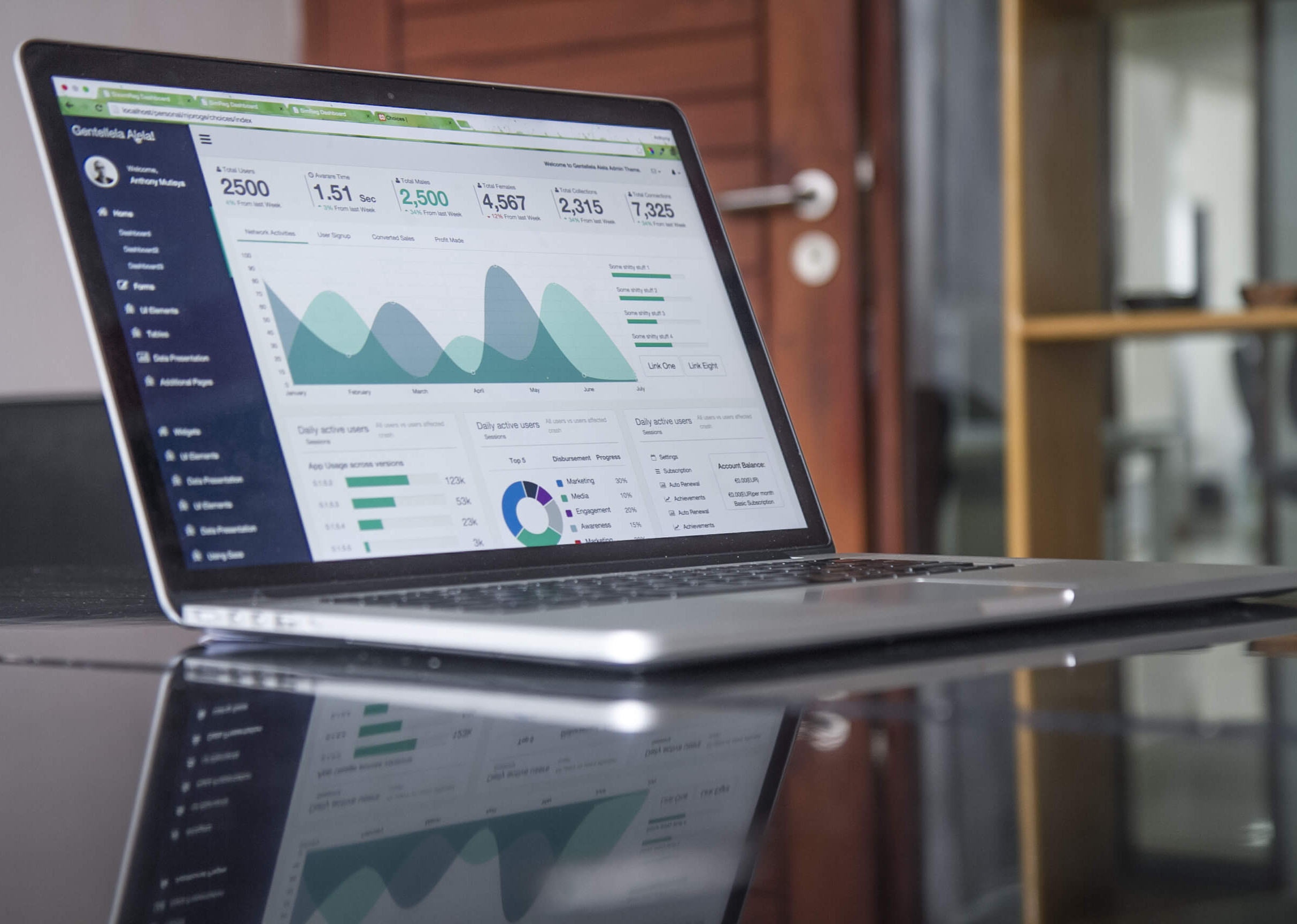PR has always played a pivotal role at the center of a startup’s communications strategy. A well crafted PR campaign, as we have previously discussed, helps businesses form a mutually beneficial relationship with their audiences, their prospects and their customers. And since traditional PR is now a thing of the past, companies, businesses, startups and brands have turned their efforts towards the digital world and online media.
This change in today’s PR dynamism allows consumers and brands to be more connected to each other; however, and most importantly, it allows businesses to provide value to their audience and build stronger relationships and bonds. This ultimately makes it easier for you to seamlessly connect with your public, raise your voice above the noise, and, finally, tell your story. And all this seems to be true if we take a look at these figures:
- Almost 85% of millennials seem to dislike traditional marketing.
- 60% of individuals don’t mind ads when they are aligned with their personalities.
- Under today’s circumstances, consumers prefer to have a real conversation with the brands they engage with.
- Brands are now turning towards collaborative marketing, putting their customers at the centre of everything they do.
Thus, we can easily assert that the key in today’s PR landscape is to create a presence where consumers spend most of their time, and to engage with them accordingly —in a way that will not “scare” them off.
Get all the resources you need to write professional press releases and turbo charge your media coverage with our Startup Press Release Toolkit:
So, where can I find my prospects?
The answer is quite simple: online. Today’s consumers and prospects spend most of their time online. In fact, according to this survey, they spend a staggering 30% of that time on social media. Since digital use has been increasingly growing with more than 3.5 billion users, it’s no surprise that more than 65% of today’s consumers resort to Google to scrutinize products and services. What does that mean? It means consumers are now able to arm themselves with a rather considerable stock of information before even making the first contact with a brand.
You might be wondering by now: “Yes, that makes sense. But what does SEO have to do with all this?”. The fact that consumers are now able to gather information from different sources about a brand and its products or services also means that search engine optimization plays a crucial role in a business’s online behavior, presence and visibility. That being said, startups and businesses, regardless of their size and expertise, will need to reevaluate how they approach PR.
Digital Public Relations
As discussed in previous articles, digital PR is PR that seeks to improve and enhance a company’s brand awareness via media coverage through different digital channels. And since consumers can be found primarily online, businesses have to turn all their PR efforts towards online media. When we speak about digital media in its simplest form we basically mean when a brand develops tailored marketing efforts such as content, SEO, social media, email marketing, etc., but when it comes to coming up with a digital PR campaign across digital channels, brands often rely on improved SEO presence, more backlinks to their website, more mentions, likes and shares on social media, more positive reviews, etc.
Thus, higher-quality and tailored content as become no less than essential to all online marketing efforts. Since the vast majority of today’s consumers are fond of resorting to search engines to start digging about a brand, understanding the vital role SEO plays is key.
The Perfect Couple: Digital PR and SEO
A rather large portion of digital PR happens through the publication of tailored online content. This content, however, can take many forms —press releases, articles, social media posts, Quora answers, etc. When a business strives to provide the utmost value to its audience, digital PR and SEO start to interact with each other, mostly due to Google’s policies on SEO and their focus on the content quality. What does that mean? It means your content should strive to provide your audience with the most value, be spread across different channels, be important and relevant, and, last but not least, provide backlinks to other websites.
Simply put: any startup or business looking forward to ranking high on Google has to produce content that is, not only relevant, but also valuable to its audience whilst including links to high-profile websites. In some way, this is what public relations has always been about —getting content into prominent publications and linking that content to a startup, a business or a brand in particular. The goals of both SEO and PR are focused on generating content and guiding consumers to a specific website, product, service or brand.
Keeping the marriage healthy
As discussed in previous articles, there are four primary channels startups and businesses should pay special attention to when it comes to digital PR:
- SEO
- Content Marketing
- Social Media
- Digital Media
Let’s take a closer look:
SEO
As you may already know, search visibility is pivotal for the success of any PR campaign, which is why SEO and PR professionals need to work hand in hand so they can guarantee that the content being created and promoted is optimized for relevant keywords and contains quality links that will help develop the brand’s authority over time.
Content Marketing
Content has always been the cornerstone of PR. Under today’s circumstances, PR professionals must work with content developers to craft and distribute content in different formats across different channels to make sure it addresses a properly targeted public.
Social Media
Social media has become one of the most popular digital marketing tools; startups, entrepreneurs and brands use it to a great extent trying to reach their customers and possible prospects. Thus, social media is also an ideal channel over which you, as a business owner, should distribute content as well in hopes of connecting consumers directly with you. The good thing about the different social media platforms we have today is that they allow you to convey messages in different ways: live videos, posts, content sharing, surveys, targeting options, etc., and it’s also an effective of engaging with your audience, as you can not only receive feedback, but also establish a conversation.
Media Relations
Of course, digital PR heavily relies on the media —online media, in this particular case. When PR manages to connect with online media, the whole things pays off: increased mentions, comments, reviews and backlinks start to appear, and guess what? Yep. That also improves your brand’s SEO.








